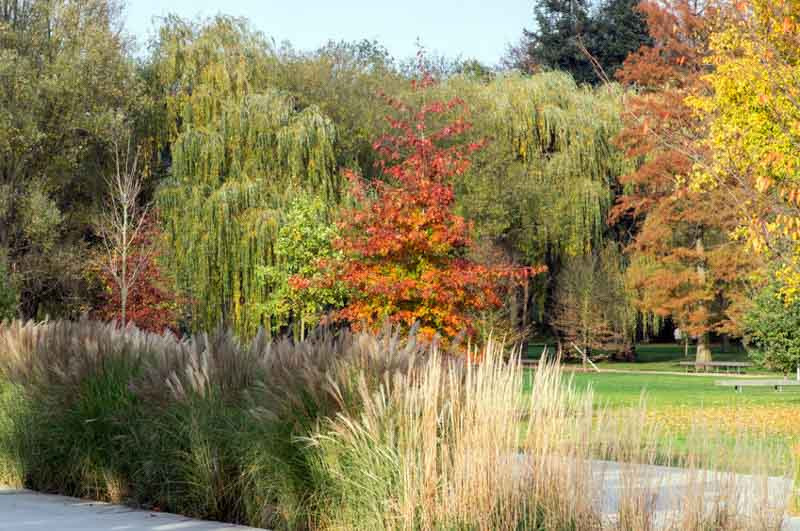Scarlet Oak: Majestic Beauty for Your Landscape
The Scarlet Oak, or Quercus coccinea, is a noteworthy oak tree species prized for its striking appearance and ecological value.
Distinctive Appearance: The Scarlet Oak is admired for its vibrant scarlet-red foliage in fall, offering a stunning display. It possesses a broad, rounded canopy and an upright, open growth habit.
Native Habitat: Native to the eastern United States, it thrives in a variety of habitats, including dry ridges and woodlands.
Longevity: Scarlet Oak trees can live for over a century, providing generations of beauty and ecological benefits.
Fast Growth Rate: Compared to other oak trees, the Scarlet Oak has a relatively fast growth rate, making it a popular choice for landscaping where quick canopy development is desired.
Size and Structure: Mature trees grow 50-70 feet (15-21 m) tall with a spread of 40-50 feet (12-15 m). The tree’s structure is characterized by strong, spreading branches.
Foliage: The leaves are deeply lobed with pointed tips, turning from a bright green in summer to a striking scarlet red in autumn.
Acorns: The Scarlet Oak tree bears acorns with a unique saucer-like cap covering about one-third of the nut. These acorns are a significant food source for various wildlife.
Adaptability to Urban Environments: The Scarlet Oak adapts remarkably well to urban settings, tolerating pollution and compacted soils.
Growth Requirements: Preferring full sun, Scarlet Oak thrives in well-drained, slightly acidic soils. It’s adaptable to various soil conditions but performs best in its preferred environment.
Landscaping Use: Due to its spectacular autumn color and robust structure, the Scarlet Oak is a popular choice for landscaping, providing shade and aesthetic appeal.
Environmental Benefits: Oak trees support over 800 caterpillar species in the United States. They are host plants for over 500 species of butterflies. Birds and mammals, including deer and squirrels, consume the acorns.

